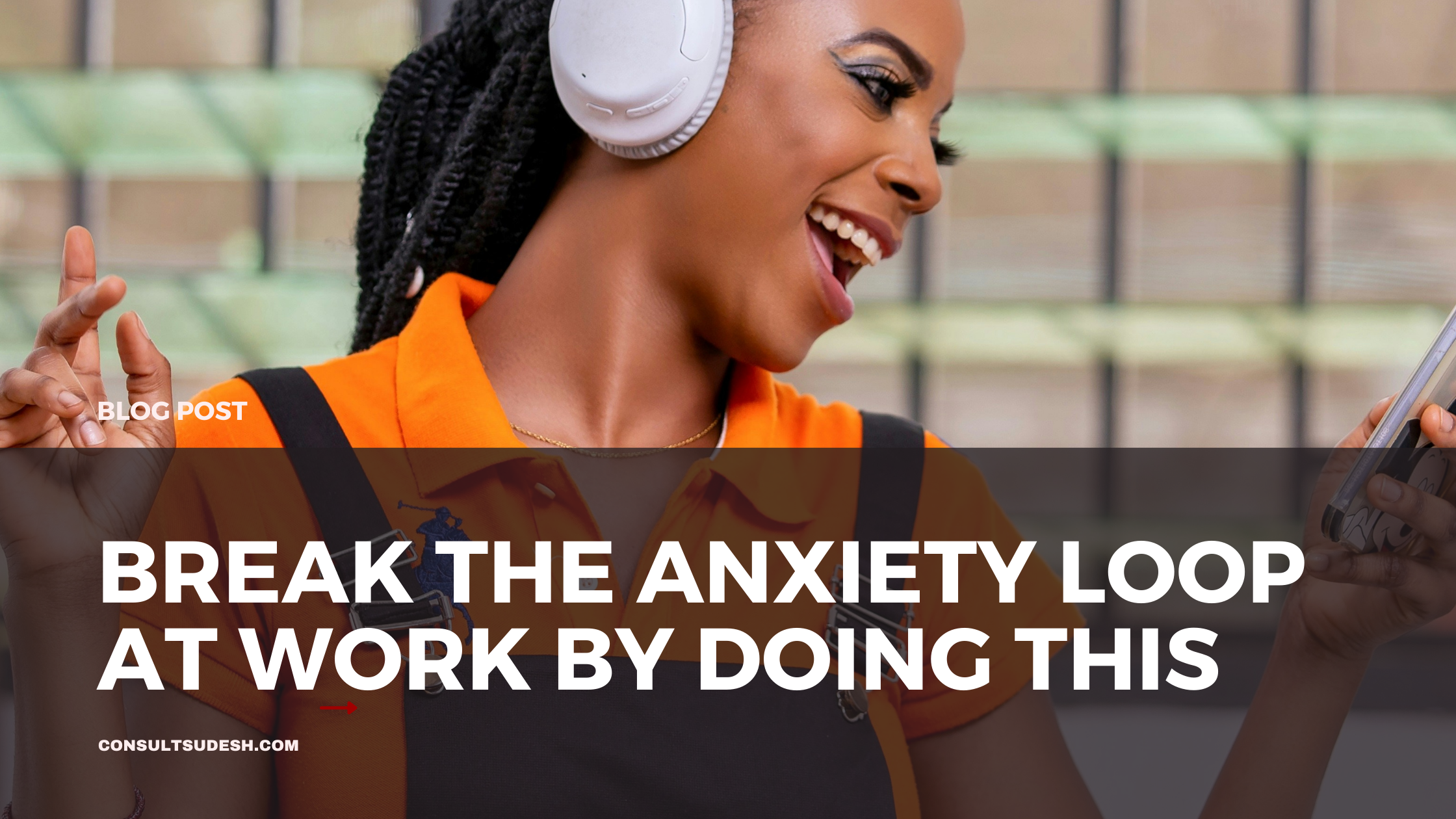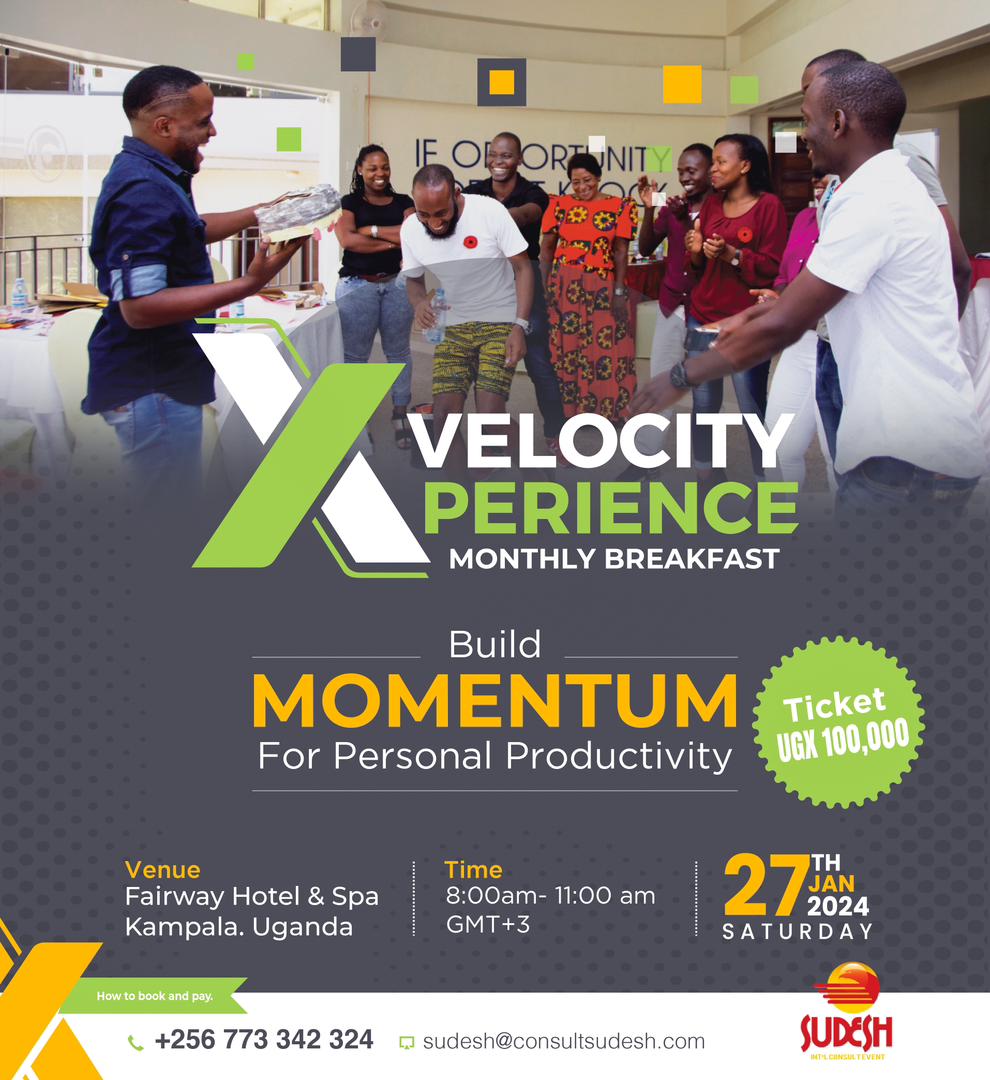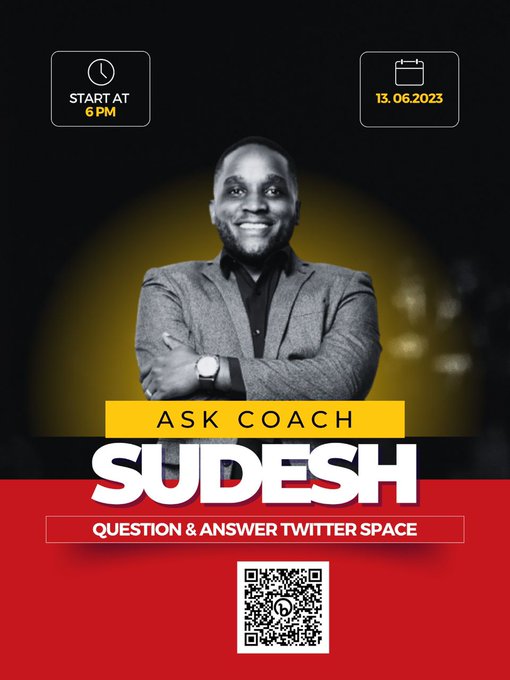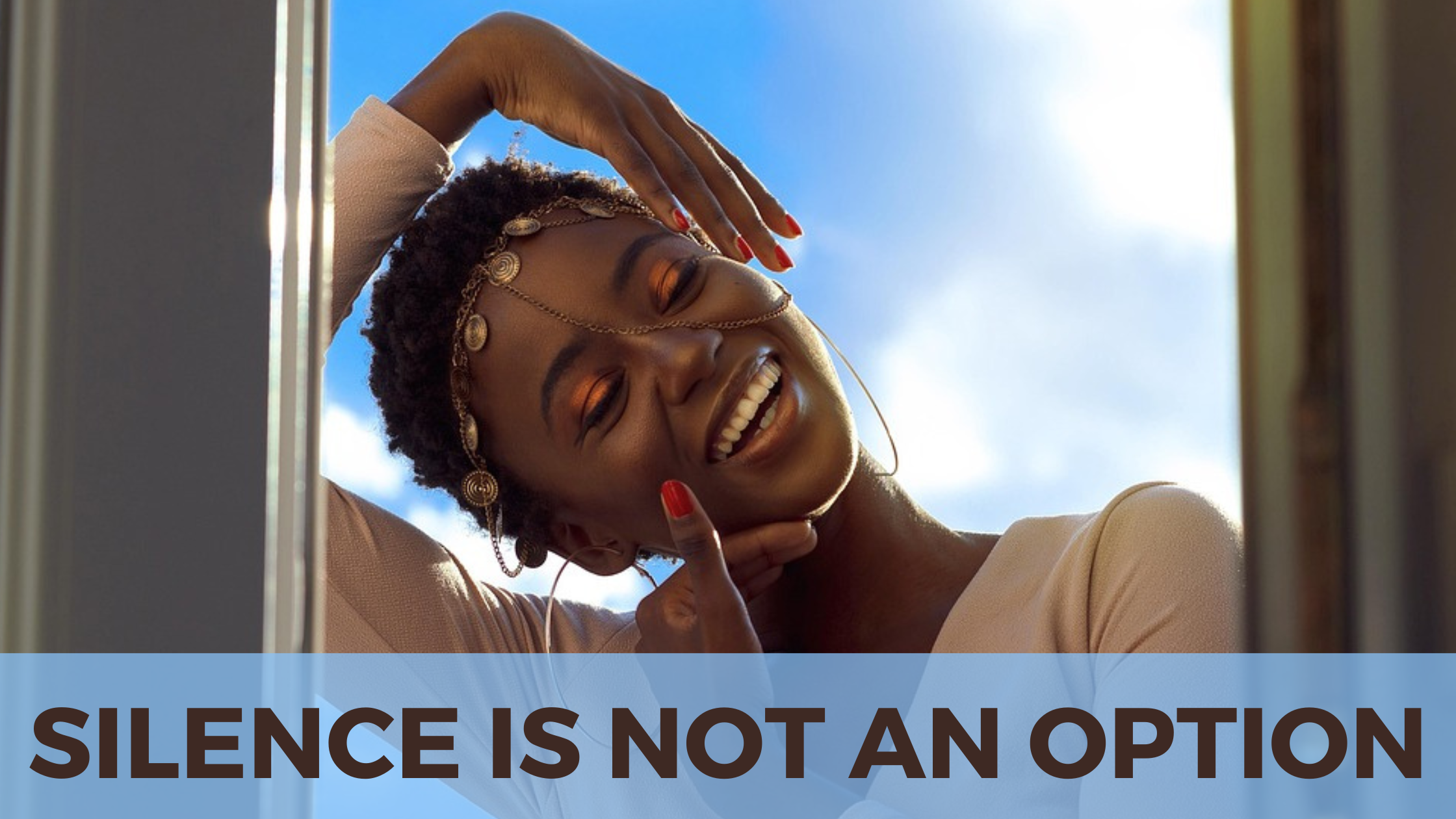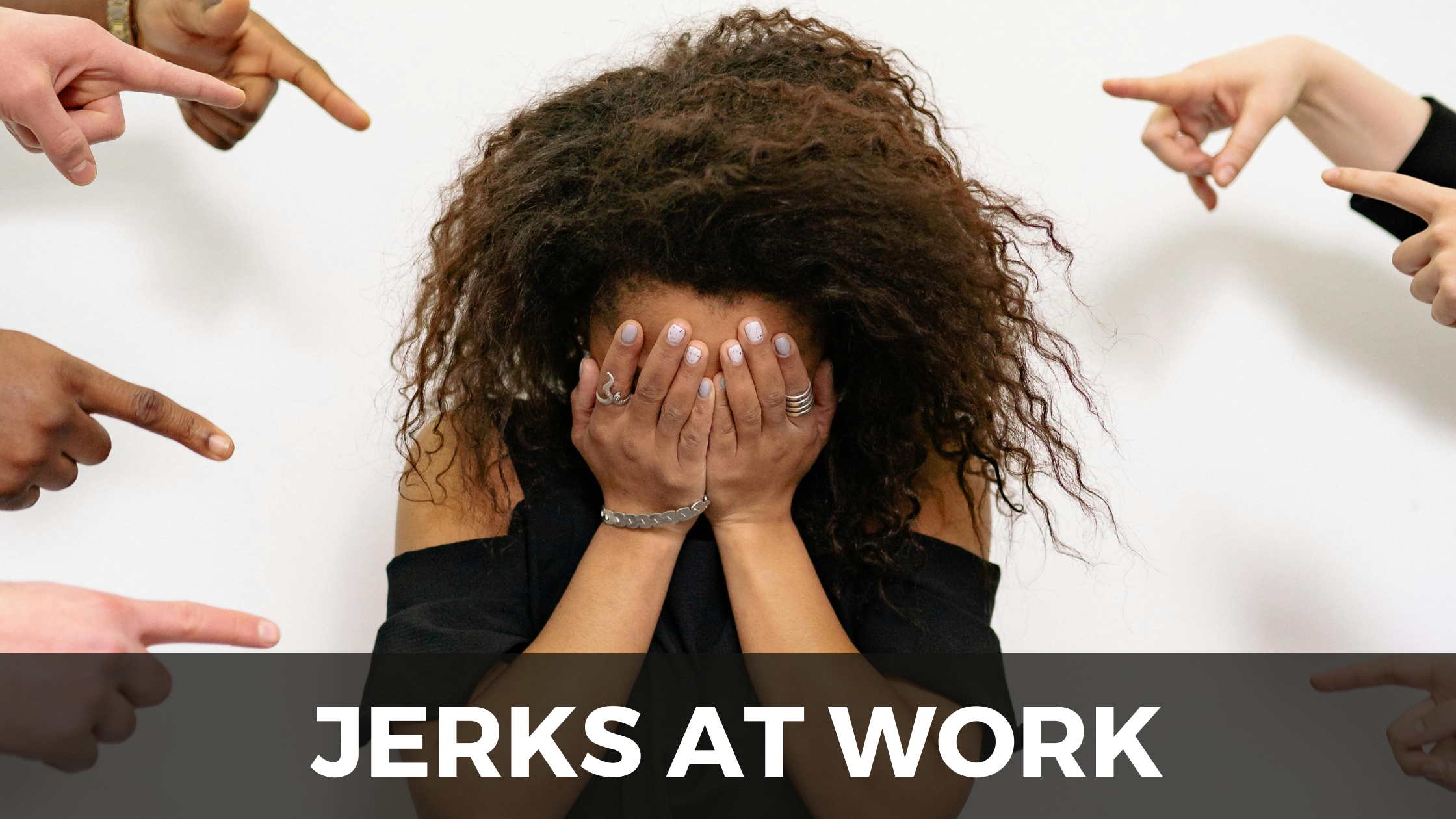In my eleven years of Coaching I have never seen such alarming rates of anxiety like in the last three years. From the fifty something nail biting CEO to the scared intern, anxiety is affecting most people in the workplace. Breaking the anxiety loop is not that complicated though when you and I understand that anxiety hides in our habits.
“How is it so Sudesh?” Any habit is formed in a three-step process: First comes a trigger or cue, followed by a behavior, and then a reward. When our brain says “anxiety’s unpleasant,” that could be the cue. The associated behavior could be something physical, such as eating, or it could be mental, such as worrying.
In fact, worry is one of the biggest habit loops around anxiety. Research has shown that worrying tends to make people feel like they’re in control, even if they’re not, or like they’re at least doing something, even if they don’t have control over a situation. So, doing something, even if it’s worrying, feels more productive than just waiting for whatever to happen; it’s rewarding to our brain. That reward feeds back and tells us, “Hey, next time you’re anxious, you should worry some more.” That’s how anxiety gets set up as a habit.
“I get that Sudesh but why does worrying feel productive to our brains?”
“Doing something” is the key piece here. There’s also this fallacy of correlation that our brain assumes is causation. What it means is that we could be worrying and come up with a solution, but it doesn’t mean that the worrying caused us to come up with a solution.
There’s plenty of research showing that when we worry, we actually narrow our focus and can’t think creatively. We can’t put ourselves in a growth mindset, and it hinders our problem-solving abilities. Essentially, the planning part of the brain is turned off.
Let’s use a workplace example. You get an email from your boss. You worry they’re mad at you. How do we stop getting into these loops?
When we see an email from our boss, our heart rate might actually go up without even looking at the subject line just because it’s from our boss. Start mapping out the cue, trigger, and reward. Before you open the email, notice what you tend to do. Do you start to worry that you’re in trouble? Do you think they’re asking you to do more work? Are they going to ask you to cover for someone?
The second step is to simply ask ourselves, what am I getting from this behavior? What am I getting from worrying? Then, drop into your direct experience to see how rewarding it actually is—or isn’t. What does it feel like to worry? For most people, it doesn’t feel very good. So while you may think that worrying is going to help you get things done or solve a problem, if you look closely you realize that it probably isn’t true.
What we do know to be true is that worrying burns us out, and it makes us feel more anxious. So it feeds back and drives anxiety, and we start to become disenchanted with the worry itself.
We’re not trying to change the anxiety trigger at this point, right? We’re not saying, “Don’t read your email” or “Don’t feel that way when you see your boss’s name.”
Right, because often people get stuck in these loops of trying to control or avoid triggers. For example, if we don’t read our boss’s email, other consequences are probably going to happen that are going to add to our anxiety. You’ve got to deal with triggers.
But triggers don’t drive habits. What does is how rewarding a behavior is (also known as reward-based learning). When something’s rewarding, we’re going to repeat it. If it’s not rewarding, we’re going to stop doing it, and that has nothing to do with the trigger.
So what should you do?
Get curious. When you get that email, instead of getting lost and catastrophizing, ask yourself, what am I getting from this behavior? What does anxiety feel like as compared to worrying?
Curiosity feels better. And in that moment, the curiosity not only feels better, it’s also more rewarding. It helps us step out of that old worry habit loop. You can dwell on questions like,
“What does this anxiety feel like in my body right now, as compared to worrying about the future?” Notice what thoughts are coming up.
Are you feeling contracted or closed down? Where are you feeling it?
Is it on the left side? In the front? The back?
This sparks your natural ability to be curious, helps you be present and feel centered, and avoids feeding the anxiety habit loop. Then take a deep breath, calm down a little bit, and open up that email. You’ll find that instead of thinking, “My boss is emailing me, what’s wrong?” you’ll think, “I wonder what they’d like to communicate to me?”
Essentially, it helps you be in a very different mindset instead of catastrophizing.
Share this blog post with a friend at work who is chronically anxious. It might be the best Christmas gift you give them.

